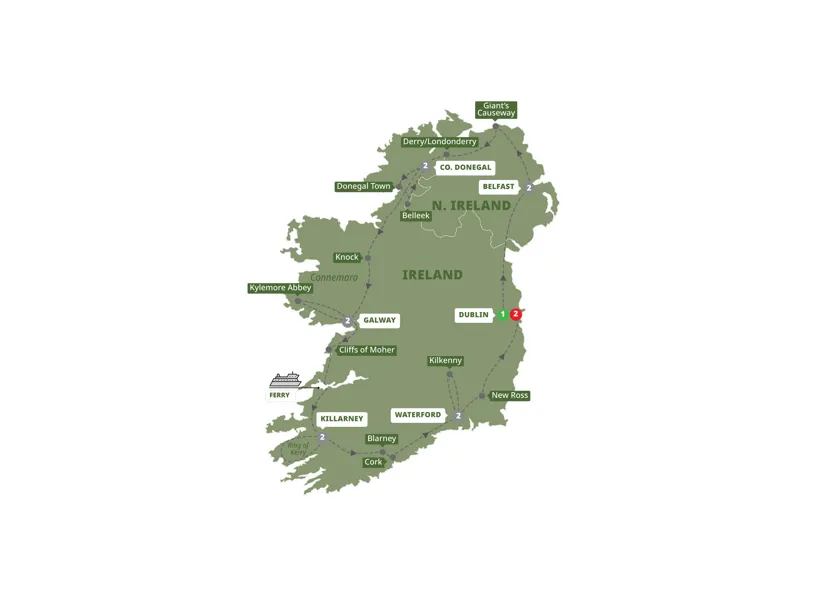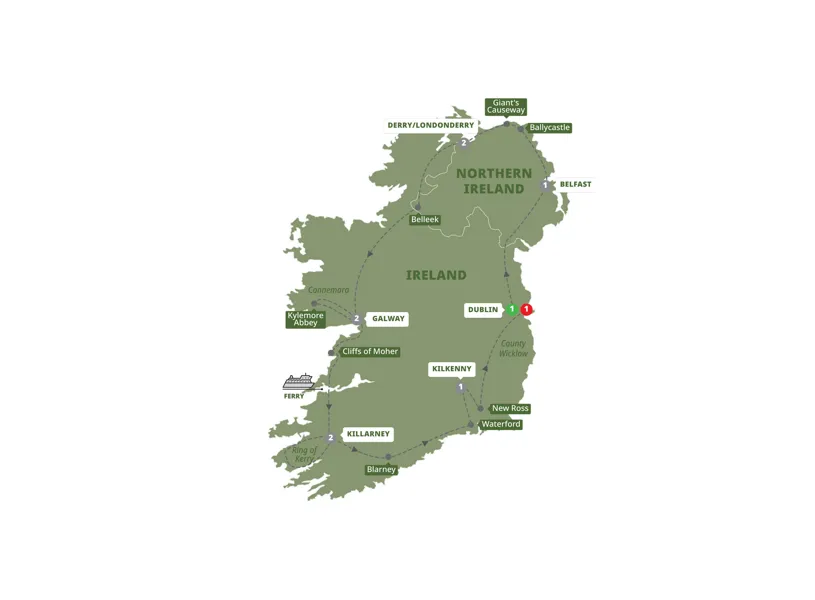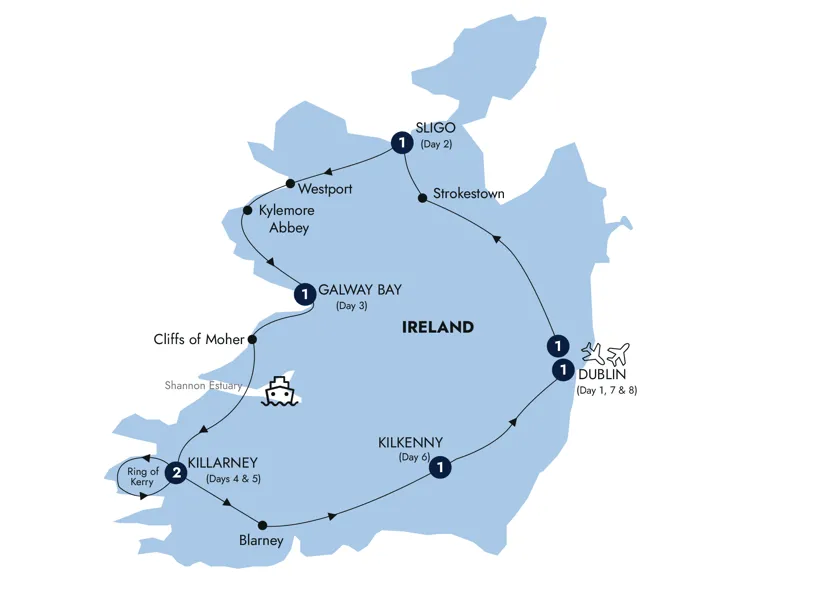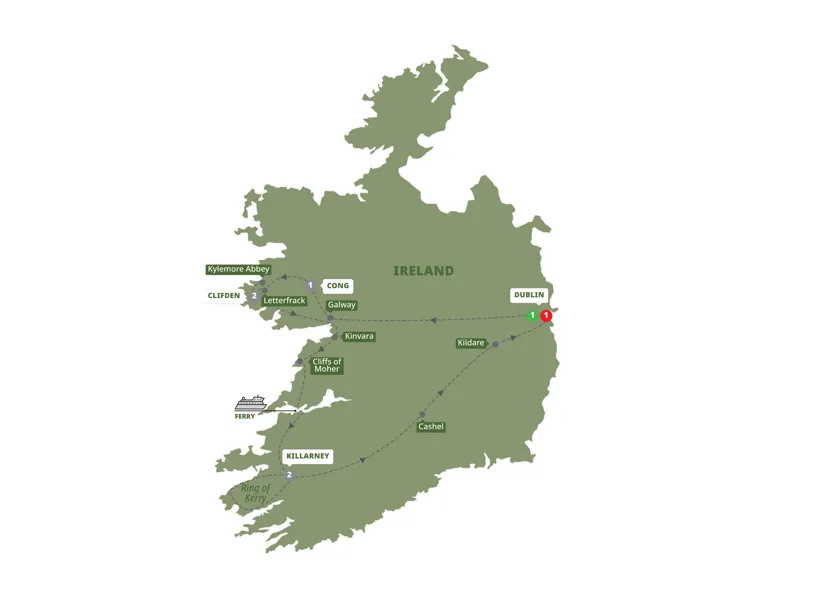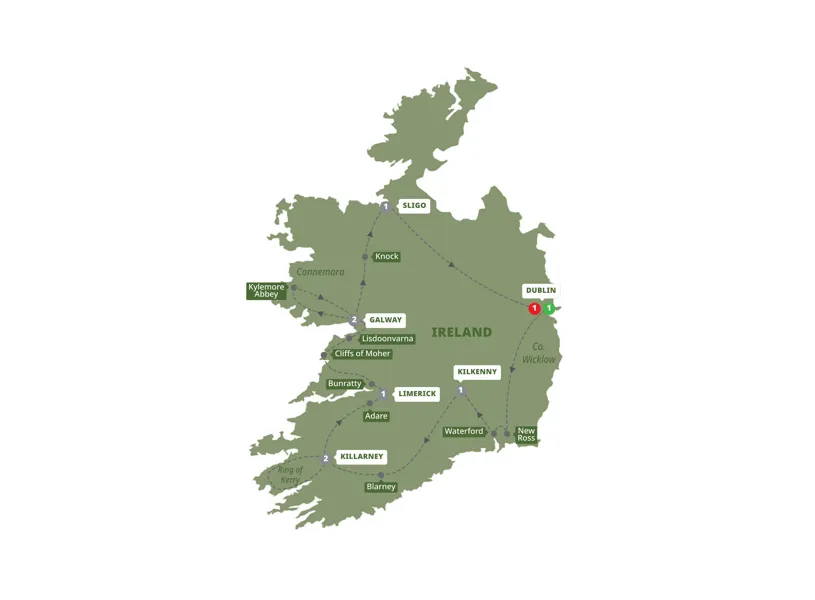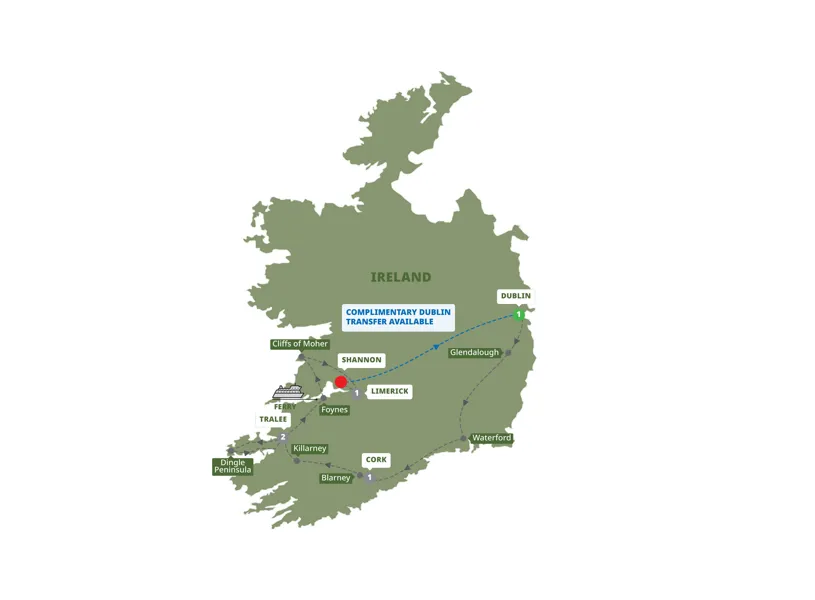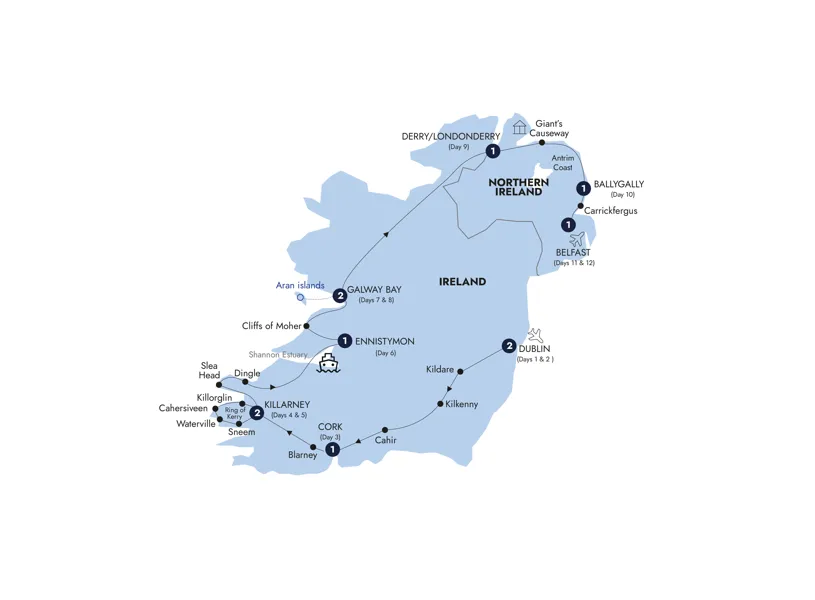Who can resist the charm of the Emerald Isle? The multi-hued green landscapes, the dramatic seaside cliffs, the hospitable locals, the lively music, and the rich history. Experience it all on a tour of Ireland.
The Best Places
to Visit in Ireland
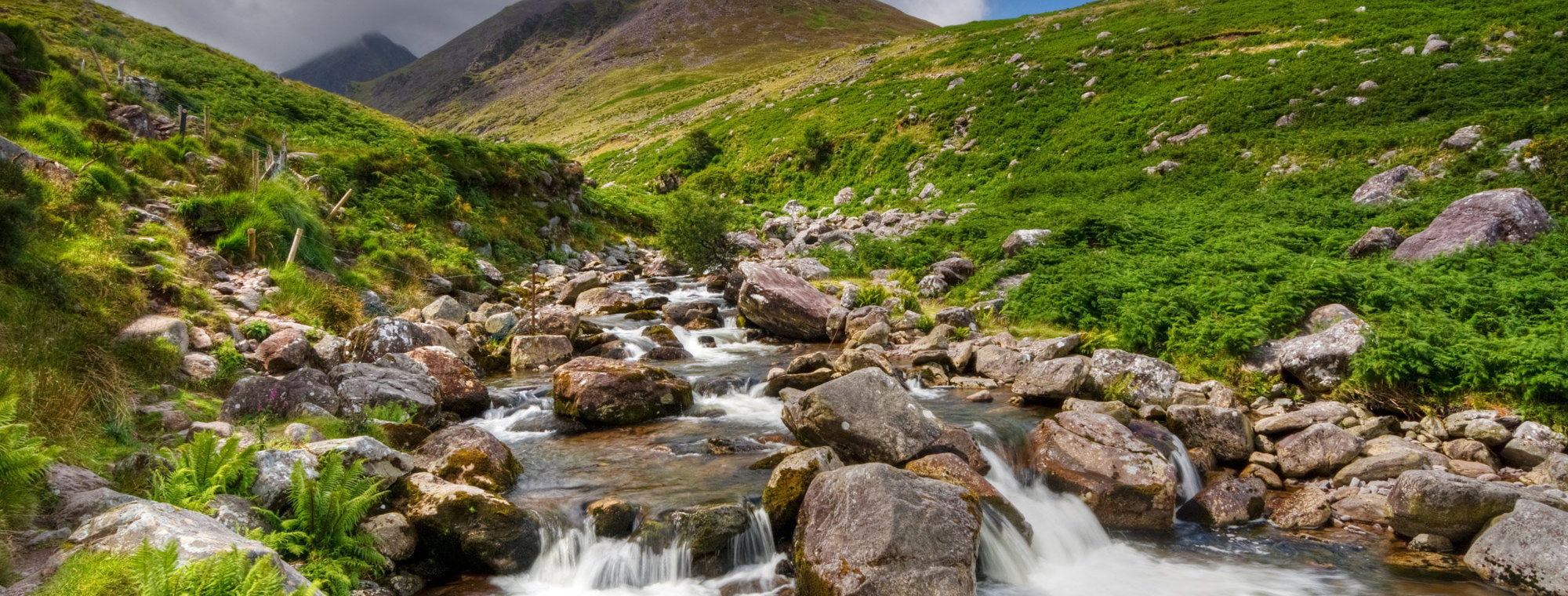
Green, charming, and effervescing with culture, the Emerald Isle captures the hearts of all who visit Ireland. Friendly people with irresistible and delightful accents, lively music, ancient relics, and gorgeous scenery conspire to enchant Ireland's visitors. Tumbling surf on windswept Atlantic beaches, jagged cliffs, regal castles, imposing cathedrals, farm-to-table dining, traditional music, and singing in fire-lit pubs – a tour of Ireland is guaranteed to make indelible memories. Here are 12 of the most amazing places to visit in Ireland, better said - a few of many don’t-miss destinations on your Ireland vacation.
Natural Wonders of Ireland
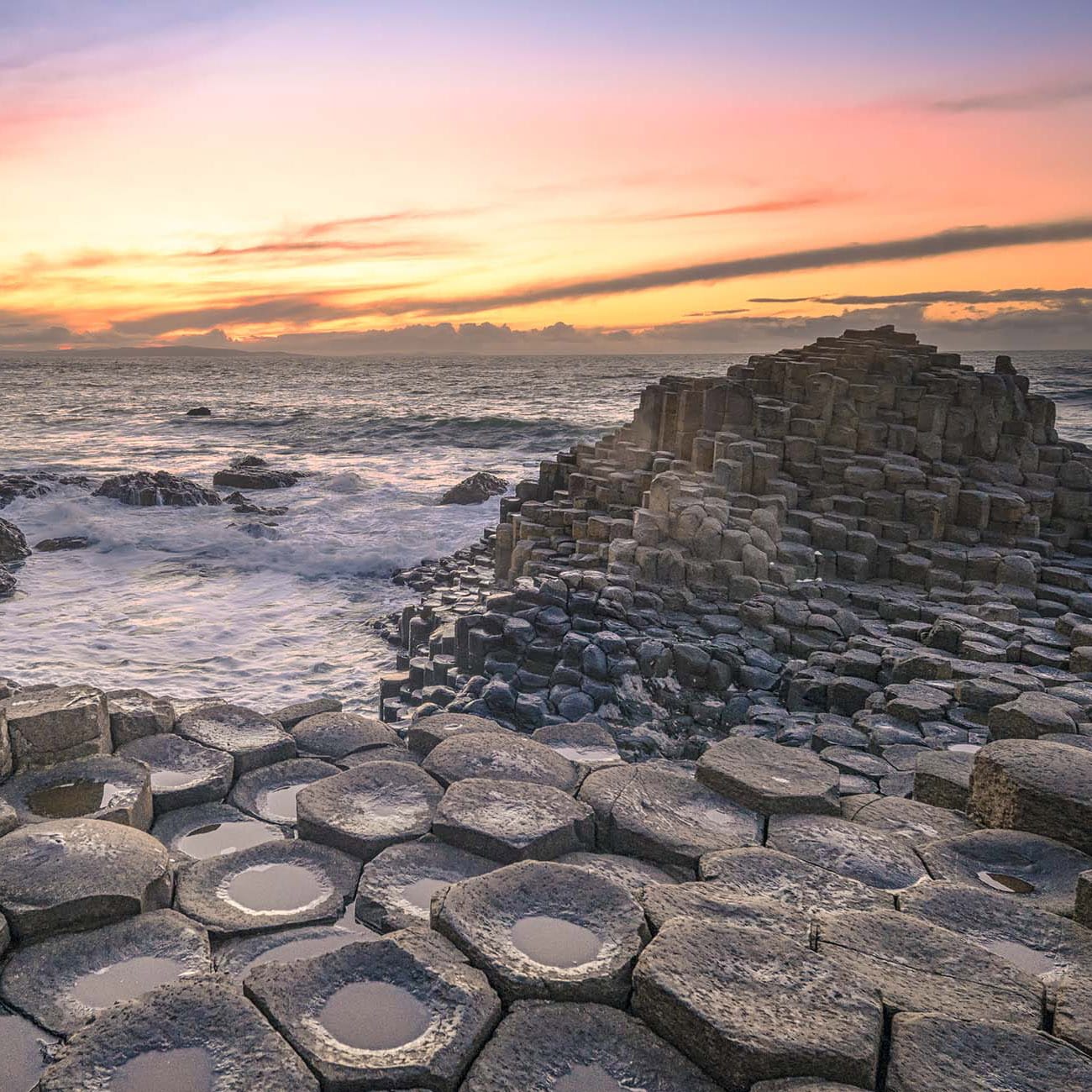
Giant's Causeway
A geological masterpiece created by the cooling of lava that burst through the earth's crust millions of years ago, Giant's Causeway might be as famous in Ireland as a Guinness. Located on the northeast coast of Ireland, the Giant’s Causeway consists of nearly 40,000 interlocking basalt columns. Of course, Irish legend tells a different story: the causeway was built by giants in order to cross the North Channel between Ireland and Scotland. While versions of the outcome of this meeting vary, what is interesting, is that across the channel on the Scottish side, a very similar formation also exists! A Unesco World Heritage Site since 1986, the collection of columns is thought by locals to be the 8th Wonder of the World. Add to the scene fierce cliff faces and one of the best coastal drives in the area and you've got yourself a wonderful day trip from Cardiff.
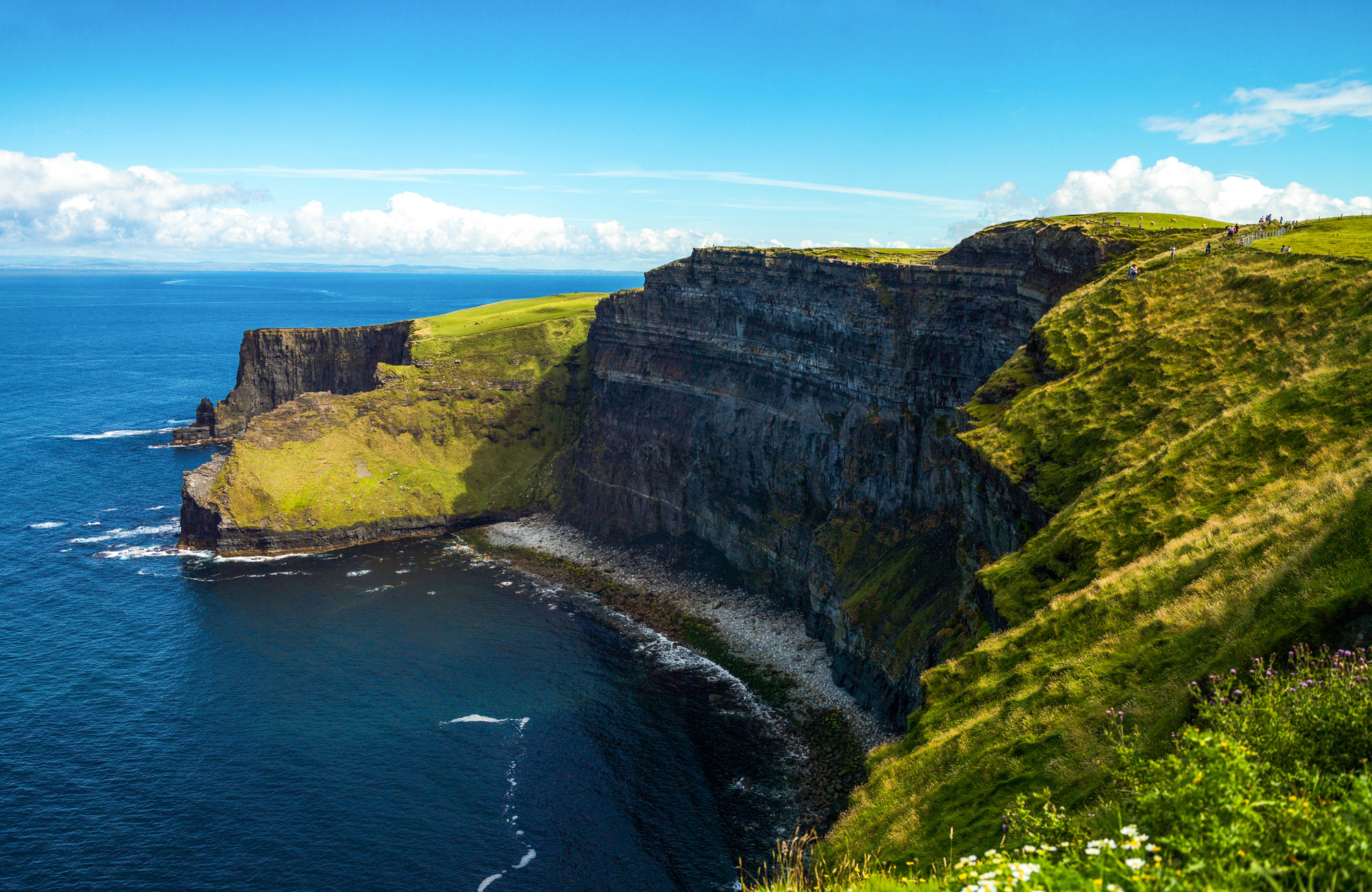
Cliffs of Moher
One of Ireland’s most famous icons, these towering cliffs range in height from 390 feet to their most soaring heights of 702 feet above the waves of the North Atlantic Ocean. The dramatic sea cliffs draw visitors seeking spectacular views. As a protected refuge, the cliffs attract thousands of birds including the cute and colorful Atlantic puffin. The cliffs have a role in traditional folklore, as well as in modern films like Harry Potter and The Princess Bride.
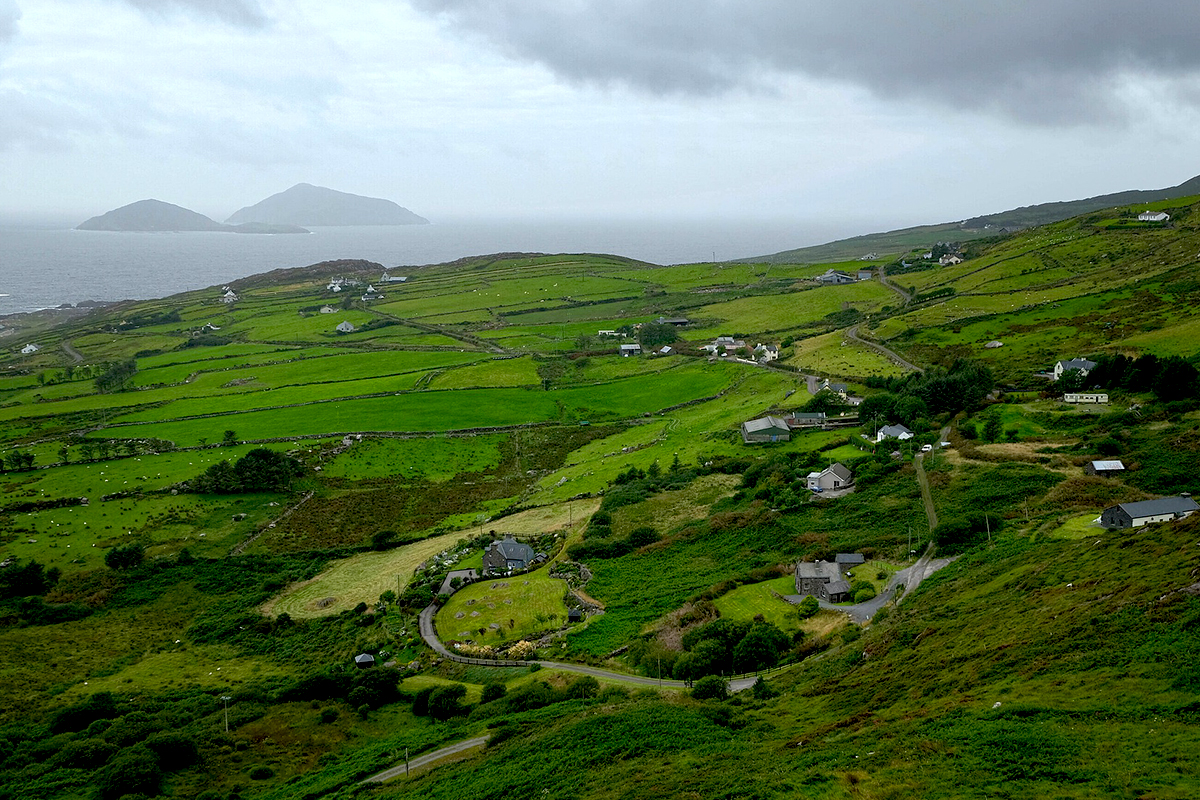
The Ring of Kerry
This scenic drive around the Iveragh Peninsula in County Kerry passes through Killarney National Park, then twists along the wild Atlantic coastline, through rustic villages and majestic landscapes of waterfalls, forests, and sandy beaches. The route crosses Killarney and Kenmare before passing through the Iveragh Peninsula, Killorglin, Sneem, Waterville, Cahersiveen, and Glenbeigh. An easy day trip, this driving route offers views of castles, a national park, Rossbeigh Beach, Moll’s Gap, the Torc Waterfall, and St. Mary’s Cathedral. The best way to experience this journey is with an experienced guide who can manage the sometimes tricky, narrow winding roads of the ring while pointing out the many points of interest.
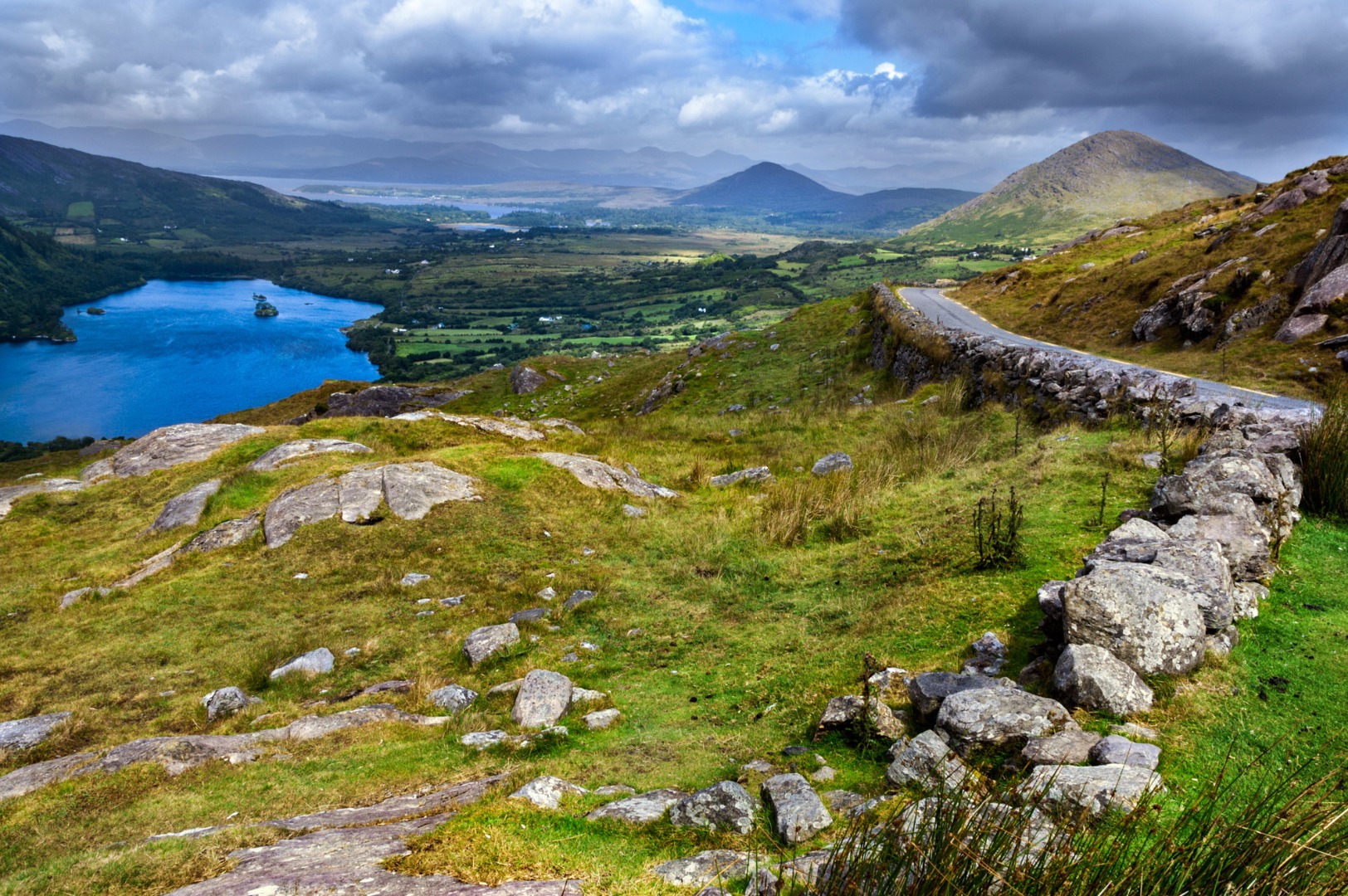
Killarney National Park
This rugged expanse of mountains, lakes, and woodlands includes McGillycuddy’s Reeks, the highest mountain range in Ireland. A herd of native red deer roams the landscape, and the white-tailed sea eagle, reintroduced in 2007, plies the skies. Walk among period furnishings and artifacts at Muckross House and Gardens, a 19th-century mansion.
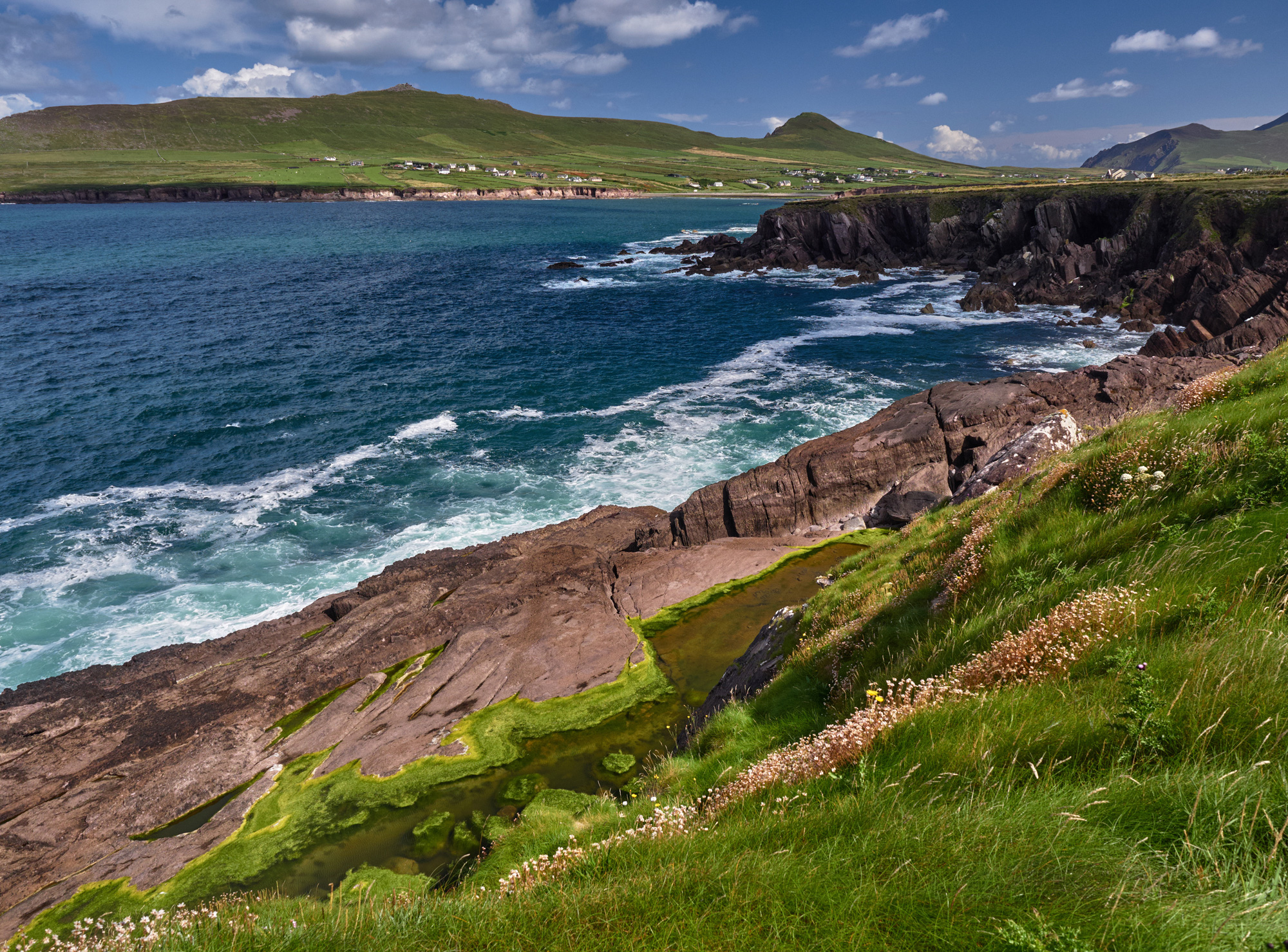
The Dingle Peninsula
Marked as the northernmost peninsula in County Kerry, this area is home to Ireland’s Slieve Mountain range. At 951 meters, Mount Brandon offers a summit with tremendous views of the peninsula. The Peninsula is renowned for beautiful panoramic as well as Minard Castle, the shipwreck Ranga, and the Eask Tower- which is part of the Ring of Kerry. Many of these sites can be taken in during a scenic drive along Connor Pass, which also doubles as the highest mountain pass road in Ireland.
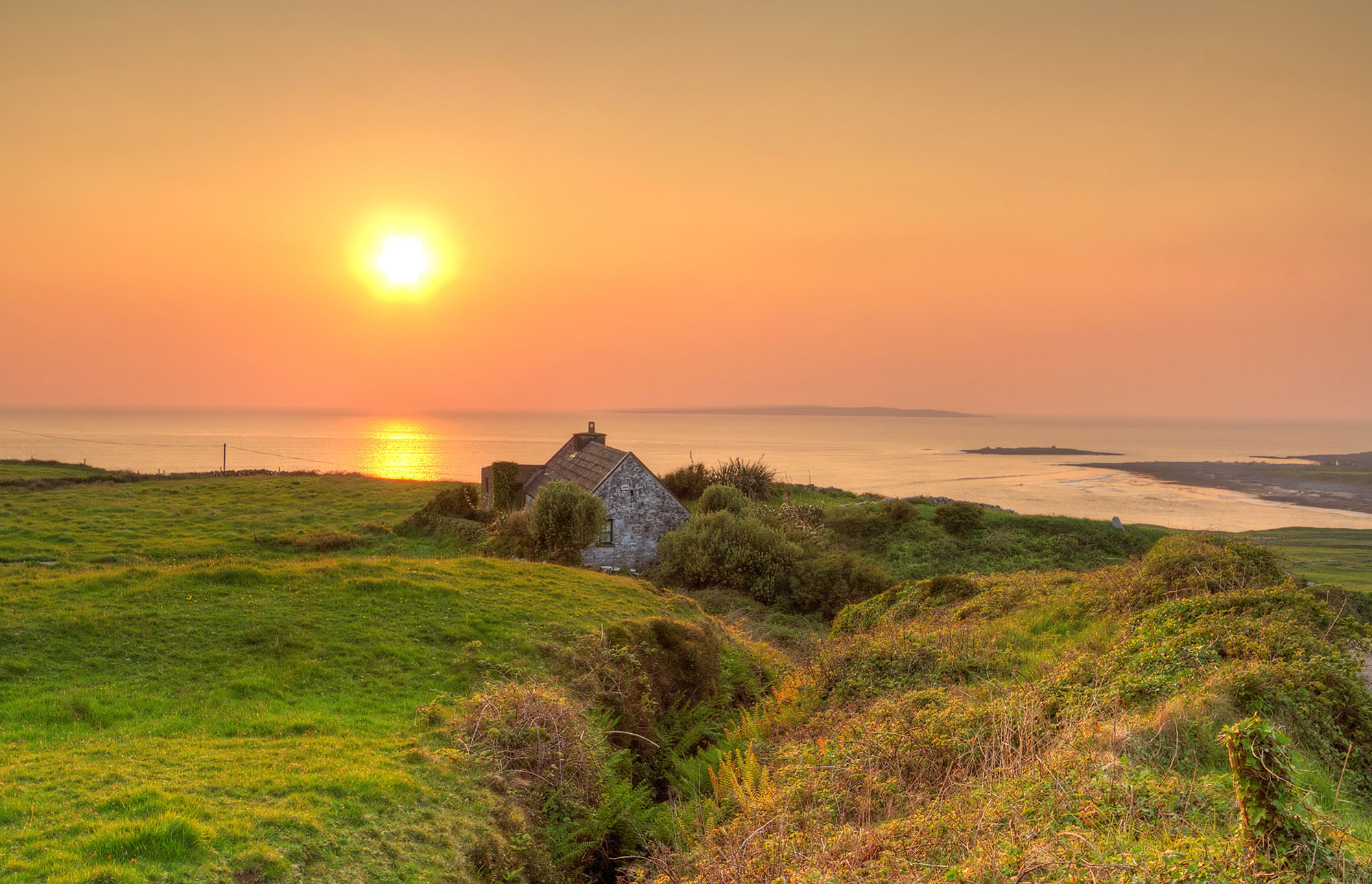
Connemara
‘Connemara is a savage beauty,’ as Oscar Wild once put it. This rugged district in western Ireland is home to wildlife such as the famous breed of Connemara Pony Horses, as well as rolling landscapes and the Twelve Bens mountain range. Its network of hidden beaches and scenic trails offers travelers a world of treasures to explore.
Top Cities to Visit in Ireland
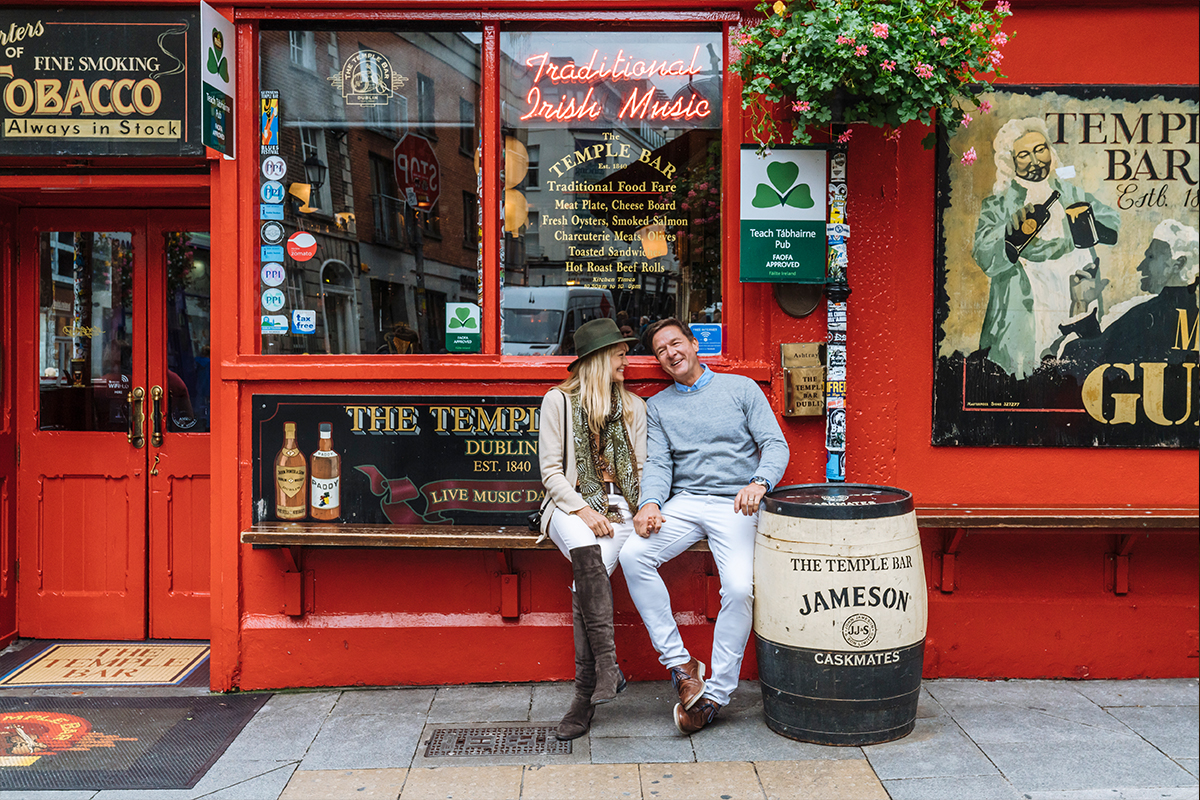
Dublin
Ireland’s capital and largest city contrast with the past. Picture 13th-century Dublin Castle, Kilmainham Gaol, St. Patrick’s Cathedral, and Christ Church all mixed with a lively contemporary culture of music and arts. Visit the Guinness Storehouse, where the iconic stout has been brewed for 250 years (check out this article on the History of Guinness). Dublin is a great place to explore the thriving food and famous Irish pub scene.
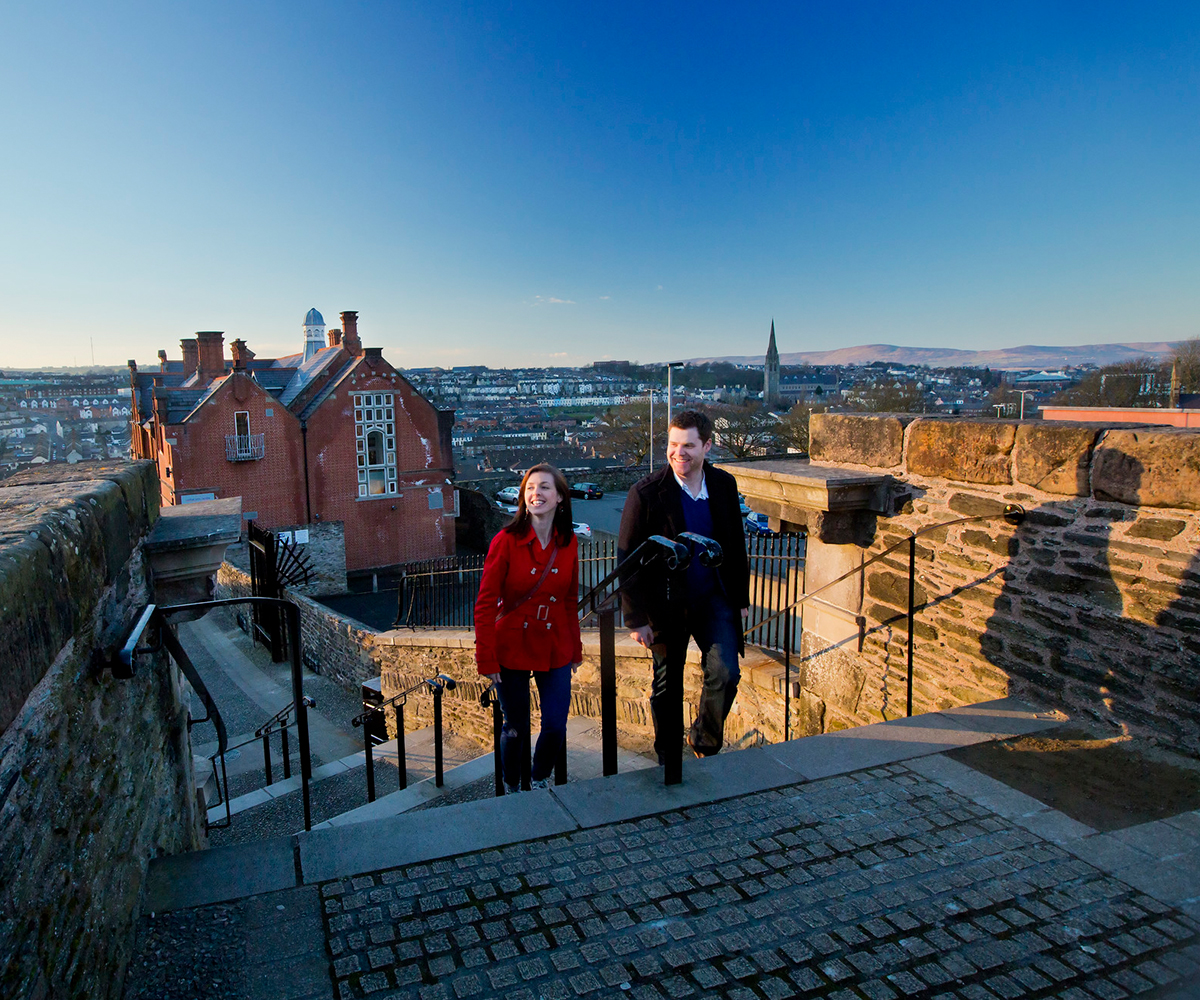
Derry-Londonderry
Derry, or Londonderry, is the second-largest city in Northern Ireland and is known for its intact 17th-century surrounding wall that includes seven gates. While there's still debate between Irish nationalists and unionists as to what to call this great city, it remains the only completely walled city in Ireland. Visitors are encouraged to walk atop the ramparts of the walls - but go slow as the walls are over 20 feet in height! While there, check out the neo-Gothic Guildhall with its organ and the famous Peace Bridge. Don't miss out on the murals! Similar to in Belfast, locals of the area painted political murals that offer a look into a time that's widely known only as "The Troubles".
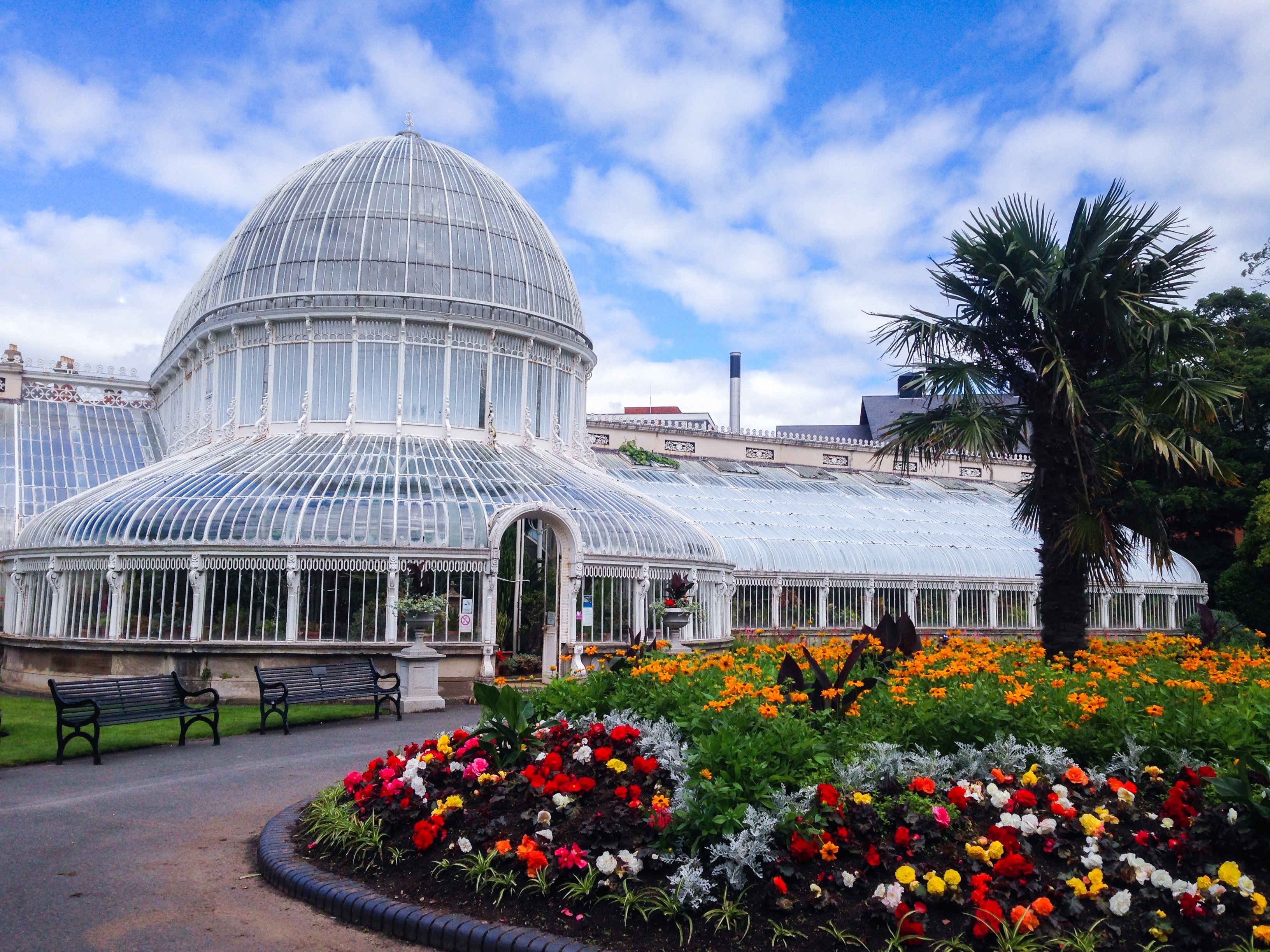
Belfast
The capital of Northern Ireland, Belfast is where the famous RMS Titanic was built: An excellent museum that relates the tragic tale. The museum and monument are located on the site where the RMS Titanic was built from 1909-1912 and visitors can explore the shipyard and many interactive exhibits and see original artifacts from both the ship and White Star Line. You'll also want to visit St. George’s Market for authentic local food, antiques, and crafts. Don't miss the Botanic Gardens with its ornate Victorian palm house of glass and cast iron.
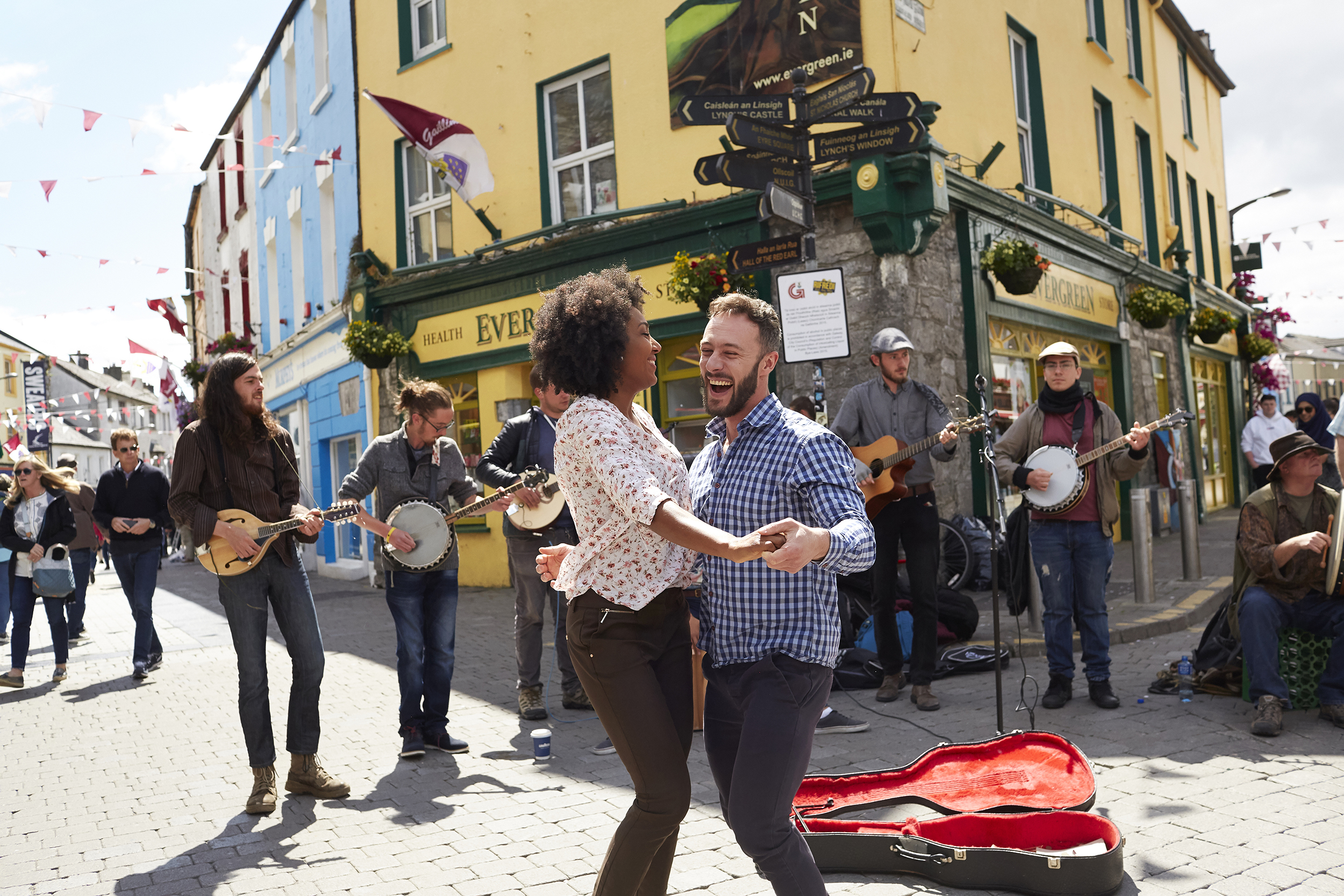
Galway
Formerly a walled seaside town dominated by merchants in the 13th century, Galway has blossomed into a vibrant city. The medieval city walls punctuate the cafes and shops of the Latin Quarter, and there's an assortment of museums, canals, parks, churches, and ancient castles to explore. This combination of offerings earned Galway the title of Ireland’s “Cultural Center,” and it’s also been ranked in the top 50 cities worldwide to visit. Named a European Capital of Culture for 2020, it represents the heart of Irish culture, rich with music, song, dance, and Gaelic, the native Irish language.
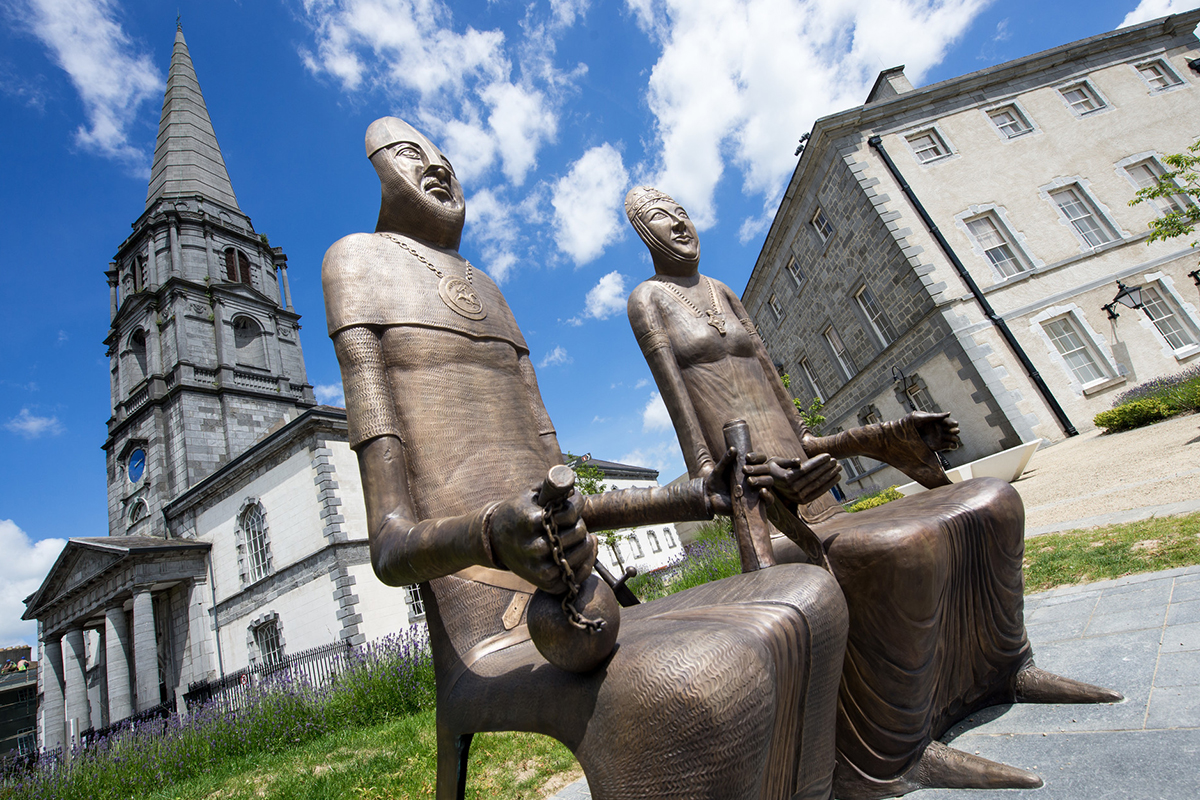
Waterford
Step into Ireland’s oldest city that has seen everything from Vikings to Victorians. See the tree-forged swords, towers that still reach tall, and the ancient city walls breached by invaders over centuries. The city is also incredibly famous for its glassmaking. You can visit the House of Waterford Crystal and witness talented master craftsmen at work.
Historic Sites in Ireland to Visit
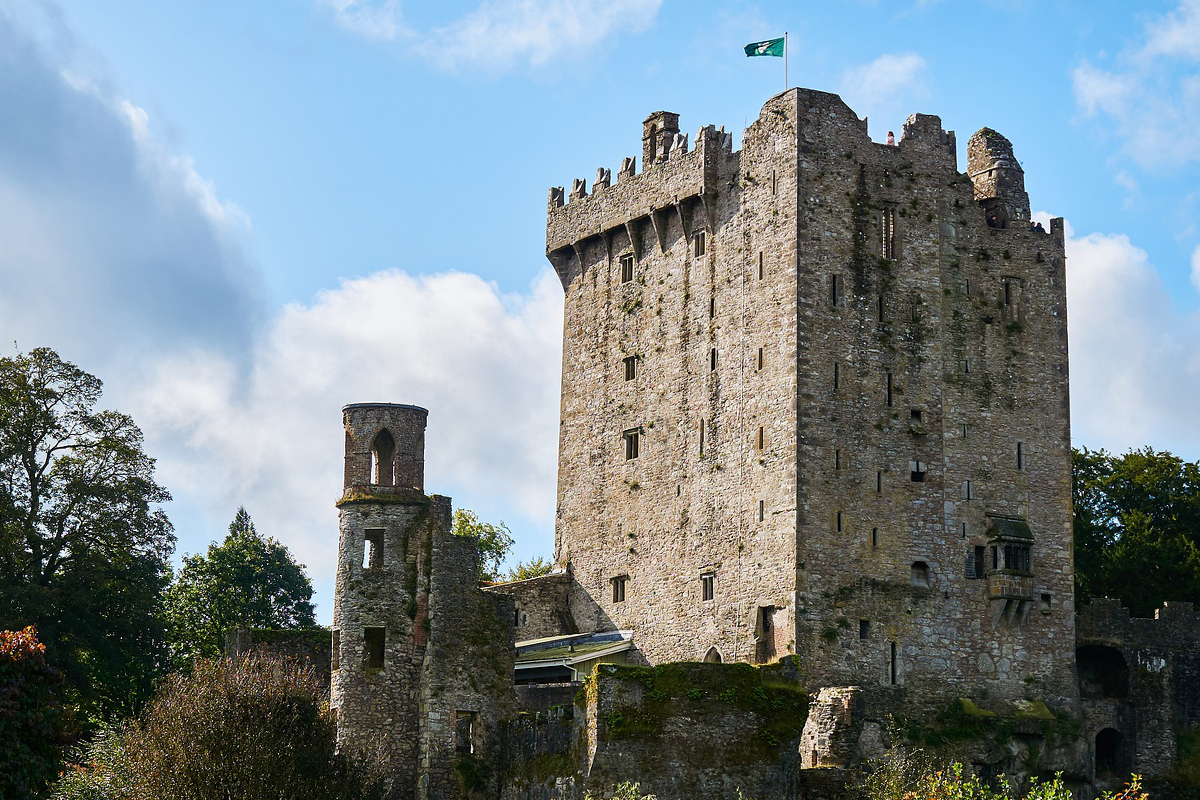
Blarney Castle
In the southwest, near cosmopolitan Cork, visit Blarney Castle home to the magical stone that gives the gift of eloquence for a kiss. The Blarney Stone is little more than a block of limestone located near the top of historic Blarney Castle, which is on the tentative list to become a World Heritage Site. What makes this stone special are the powers it is said to possess. The word “Blarney” has come to be associated with “clever, flattering” speak, so it should come as no surprise that legend has it that kissing the Blarney Stone bestows you with the “gift of gab.” It requires a bit of poise to achieve the kiss though, as custom mandates that the kiss must be given upside down and backward! Don’t worry though, there are assistants and guard rails there to help you reach the stone worry-free.

The Library at Trinity College, Dublin
Ireland’s oldest college (founded in 1592), Trinity's library is home to the famous Book of Kells. Regarded as Ireland’s “finest national treasure,” the Book of Kells is perhaps the world’s most celebrated medieval manuscript. The book is an exquisite, four-volume illustrated manuscript depicting tales of the Gospels of the New Testament completed by St. Jerome in 834 AD. Traditional Christian iconography merges with Celtic knots and elaborate figures of humans, animals, and mythical beasts.
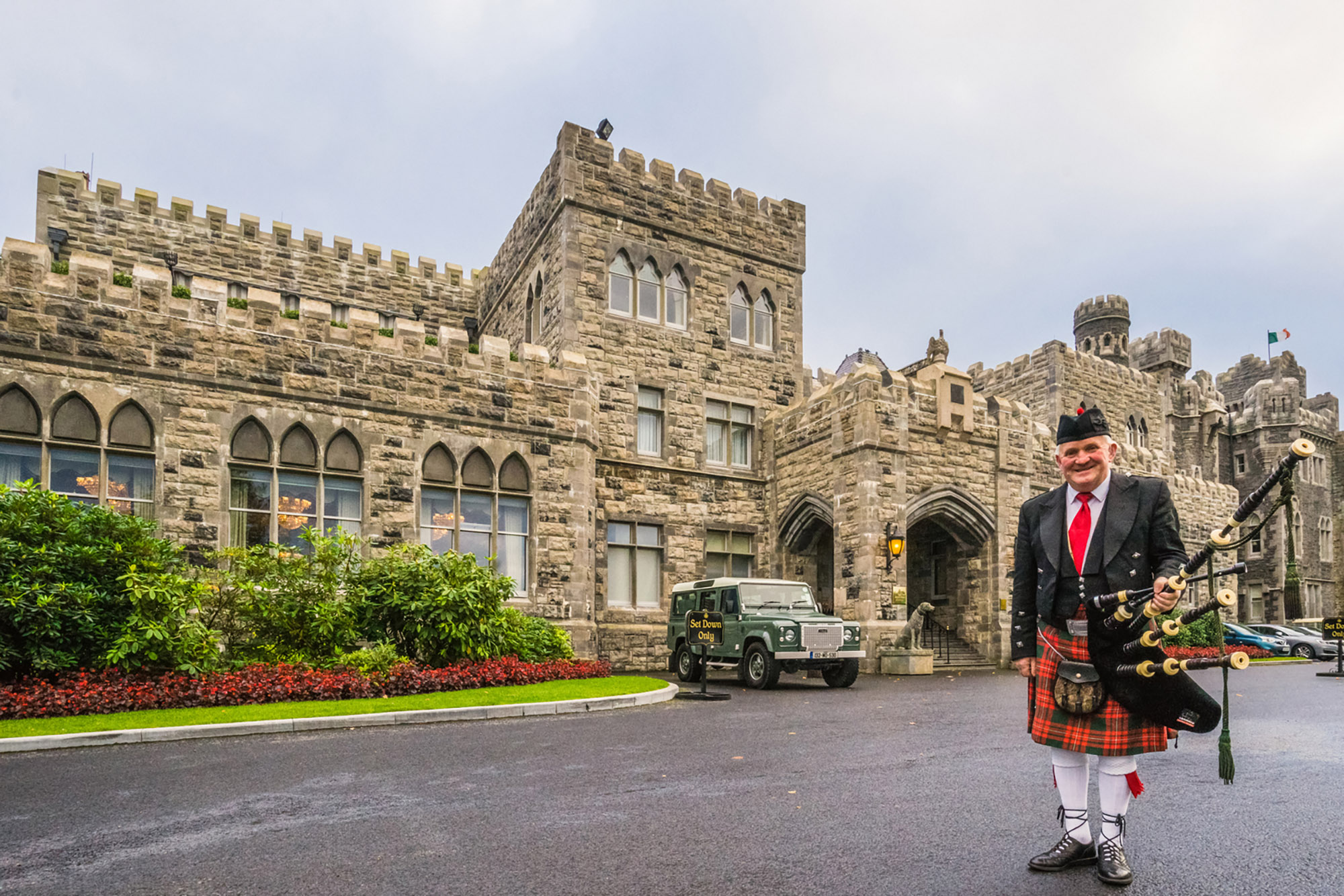
Ashford Castle
A feast for the eyes, this dramatic medieval castle has been painstakingly renovated in recent years to become the world’s finest castle hotel. Previously owned by the Guinness family, the original structure was built in the early 12th century. Situated on 350 acres surrounding the shores of Lough Corrib, the castle grounds offer a range of activities including fishing, falconry, horseback riding and more. Over the years this iconic property has played host to its share of celebrities and royalty and has served as a backdrop for films such as The Quiet Man.
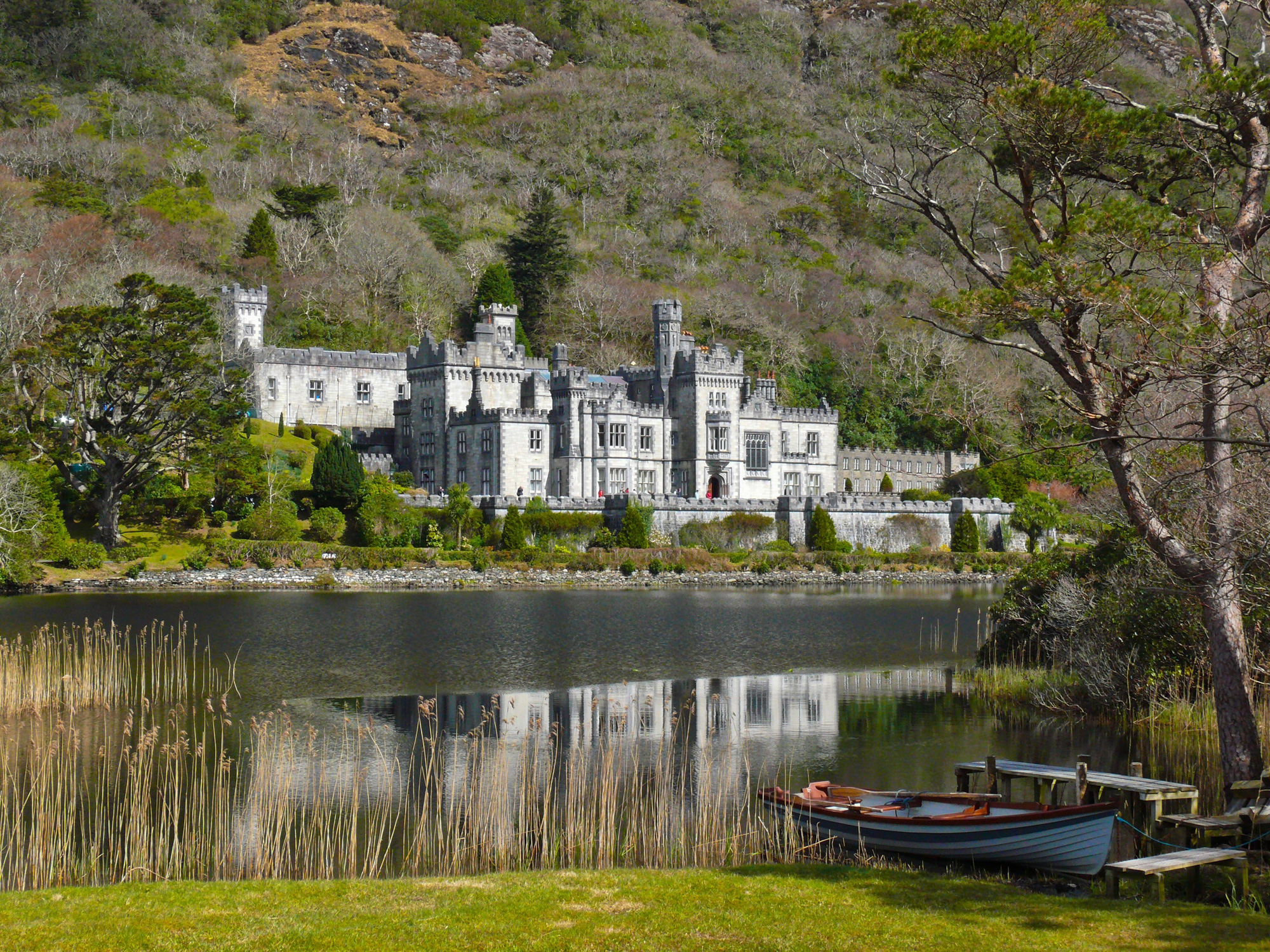
Kylemore Abbey
Grab Your cameras for this one! This monastery, built for nuns who fled Belgium during World War 1, was built on the grounds of the Kylemore Castle in 1920 and is absolutely stunning. The castle itself was constructed in 1867 as a residence for the Mitchell family and features more than 33 bedrooms. The estate was sold to other families over the next several decades before coming into the possession of the Irish Benedictine nuns. The nuns ran the Abbey as a Catholic school for girls until 2010.




